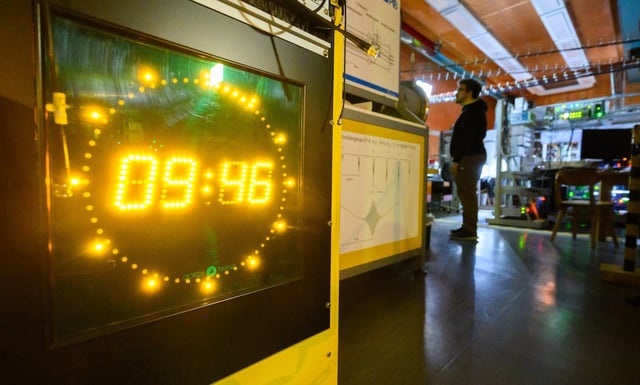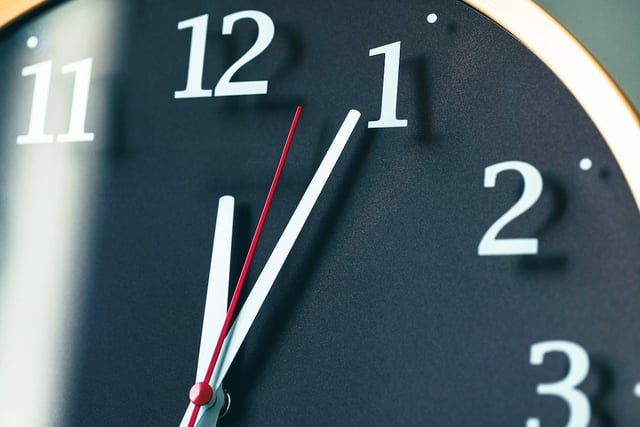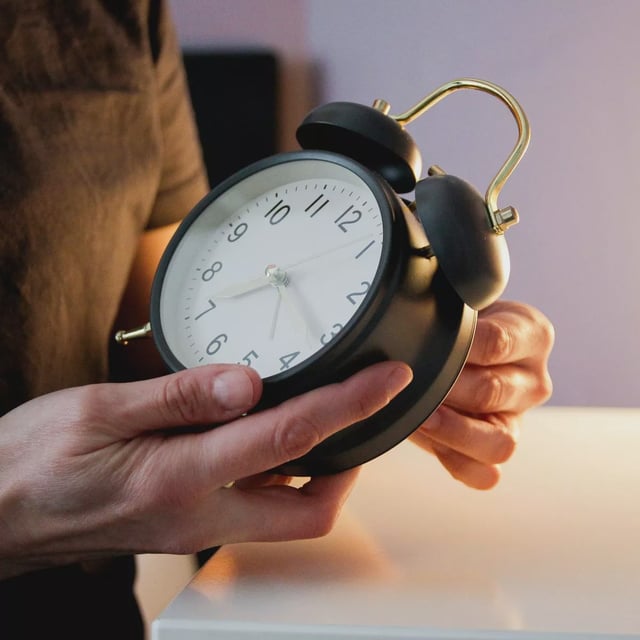Overview
- Daylight Saving Time ends Sunday, Nov. 2 at 2 a.m. local time, when clocks revert to 1 a.m. and people gain an extra hour of sleep.
- Expect sunrise and sunset to occur about one hour earlier, shifting more light to the morning and bringing earlier nightfall, according to NIST guidance.
- Smartphones, computers and smartwatches typically adjust on their own, but ovens, microwaves, vehicle dashboards and analog clocks must be reset manually.
- Safety and health groups recommend replacing smoke‑alarm batteries and gradually adjusting bedtimes in the days before the change.
- Efforts to make the switch permanent remain unresolved at the federal level, and while some states and territories skip DST entirely—such as Hawaii and most of Arizona—others need Congressional approval to stay on one time year‑round.



